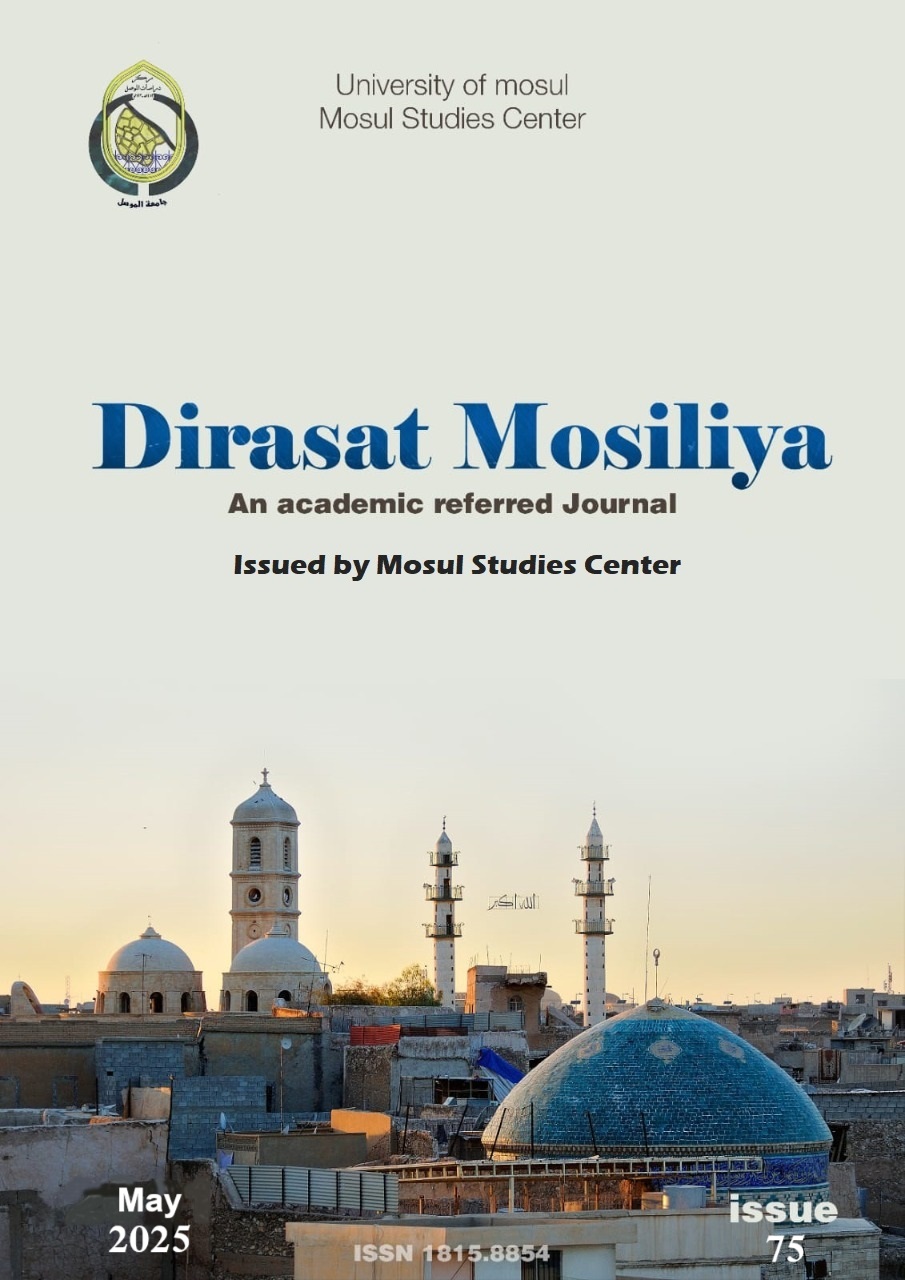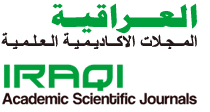Self-Protection Techniques and Their Relationship on Mental Alertness for The Students of College of Education for Humanities
Abstract
Education institutions are regarded as the highest level of community institutions since they are in charge ofeducating people to fulfil significant roles in society and work on their own development by equipping them with a variety of coping mechanisms for stressful situations. Therefore, the current study aimed to determine the strategies employed among the students of College of Education for Humanities for self-defense and mental alertness. To accomplish the research's aim, a scale of self-protection techniques was created and presented to experts and arbitrators. It included (30) items with quinquennial alternatives; structural validity; the ability to extract distinguishing strength and stability through retesting; and the creation of a mental alertness scale, consisting of (35) items with quintuple alternatives. Its face validity, structural validity, extracting discriminant power and stability were verified by re-testing, then using the arithmetic mean, standard deviation, t-test and Pearson correlation coefficient as statistical means.
The results showed that the students have self-protection methods represented by self-esteem, defensive means, and pessimistic outlook, and that they have an above-average level of mental alertness, and there are no differences in the relationship between self-protection methods and mental alertness among students according to the gender variable (males-females), and there are differences in favour of fourth graders, and in light of that, a number of recommendations and suggestions were made




